By: Mike Fleming Jr
The year 2011 was a schizophrenic scene for both indies and studios in film. It began with the promise of an avalanche of Sundance Film Festival acquisitions and promised new vigor and buyers in the independent film sector. But it ended with movies underperforming at the domestic box office and down hundreds of millions of dollars compared to last year. While some of those grosses were Avatar’s tail end in early 2010, studios in 2011 didn’t make enough compelling films that drew audiences into theaters. It was an alarming trend that started during the summer and continued through year’s end. Both the majors and indies also struggled to embrace shifting distribution paradigms; the indies are finding salvation in VOD while the majors are still sparring with exhibitors. Studio attempts to build new franchises brought some breathtaking flops. And efforts to build bankable new stars was a study in frustration as well. So is it an exaggeration to say that studios are in a state of crisis? The signs of strain are certainly showing. One of the most surprising continual headlines over the year was the number of major films that studios drew hard lines in the sand and unplugged major projects they paid millions of dollars to develop, alienating top stars, directors and producers who are not used to being told no.
From a quality standpoint, studios provided a lackluster film slate that felt too familiar and therefore boring. But it’s hard to blame Hollywood’s slavish devotion to sequels, prequels, reboots, and brands. Especially when 2011’s top seven grossing films of the year were sequels — Harry Potter And The Deathly Hallows Part 2, Transformers 3: Dark Of The Moon, Twilight Saga: Breaking Dawn Part 1, The Hangover II, Pirates of the Caribbean 4: On Stranger Tides, Fast 5, and Cars 2. The next three on the list were brands — Marvel’s Thor, Fox’s Rise of the Planet of the Apes, Marvel’s Captain America. Despite the challenges and the doom and gloom, the year brought highlights and surprises that disprove every assumption. They include sleeper summer hits The Help, Bridesmaids and Woody Allen’s Midnight in Paris, the latter a gem that Sony Pictures Classics opened in the heat of summer. It out-grossed all of the director’s previous films with $56 million domestic and $145 million worldwide. After a year in which 3D conversions seemed to be little more than a gimmick to charge higher ticket prices, Martin Scorsese took the baton from James Cameron with budget-buster Hugo. And the year ends with Tom Cruise reestablishing his box office might with the refreshed franchise Mission: Impossible—Ghost Protocol. And despite what I’ve said about sequels, who could not be excited about Christopher Nolan’s final Batfilm The Dark Knight Rises, or Ridley Scott’s return to Alien territory with Prometheus, or Peter Jackson’s return to Middle Earth with the first installment of The Hobbit?
As for budget-cutting, it’s to be expected after several attempts to launch new franchises blew up in the moguls’ faces. Warner Bros had a big swing and a miss with Green Lantern, whose $219 million worldwide gross only slightly eclipsed its $200 million budget. It was the second straight year that Warner Bros tried and failed to turn one of its DC Comics characters into hit films after last summer’s Jonah Hex debacle. And even the upcoming Man Of Steel has raised questions whether this Superman reboot can resurrect the troubled franchise.
Perhaps the biggest game-changing summer flop was Cowboys & Aliens, a film that had been developed over more than a decade by some of Hollywood’s brightest minds (Steven Spielberg, Ron Howard, Brian Grazer, Alex Kurtzman, Roberto Orci, Jon Favreau), and a dream pairing of the actors known as Indiana Jones and James Bond. The genre mash-up lost a fortune for DreamWorks, Universal, and Relativity Media. Audiences didn’t connect with the concept, and didn’t care about Harrison Ford and Daniel Craig. That left a reported $163 million budget film (I’ve heard it was higher) with a $174 million worldwide gross. Factor in the P&A spend, then cut that revenue in half to account for the exhibition split, and this is a big fat failure. The ripples were felt as far away as India where the film is rumored to have dampened the enthusiasm of DreamWorks’ financing partner Reliance.
These kinds of huge flops happen, but it was certainly no coincidence that shortly after Cowboys & Aliens got scalped, Disney pulled the plug on another Western, The Lone Ranger. This despite the presence of the world’s most bankable star, Johnny Depp (who starred in three billion dollar grossing films for the studio), being directed by Gore Verbinski, helmer of three Pirates of the Caribbean hits, and produced by Disney’s cornerstone producer Jerry Bruckheimer, the man behind the Pirates hits. The studio halted a fall start because, insiders told Deadline when we revealed the story, they feared that the budget could hit $270 million. Disney refused to budge unless the cost came down to $200 million. They eventually compromised at around $215 million—costs were trimmed from the production budget and Depp and his cohorts restructured their deal and took on some of the risk. This fiscal scrutiny became a running story in 2011.
Universal jettisoned an ambitious adaptation of Stephen King’s The Dark Tower series that Ron Howard was to direct with Javier Bardem starring, with three feature films and two TV series runs planned. More shocking was Universal’s decision to unplug At the Mountains of Madness, the Guillermo del Toro-directed adaptation of the HP Lovecraft tale that had Tom Cruise poised to star. Because Universal would not make a $150 million horror film without a guarantee from the director that it would be PG-13 and not R-rated. At year’s end, Legendary Pictures halted plans to begin production in January on Paradise Lost, the epic-sized Alex Proyas-directed film about the battle between good and evil inspired by the John Milton poem and starring Bradley Cooper as Lucifer. The problem: the $120 million budget already had been exceeded by 10%-15% because of the high green screen visual effects costs needed to stage the celestial battles. (Legendary is working to bring down those costs with hopes of making the film before summer.) Warner Bros hit the brakes on Arthur & Lancelot, the David Dobkin script that the studio paid $2 million to acquire last summer so he could direct. The studio originally hoped to make the film for $90 million, then watched the budget balloon to $130 million. That’s pricey for a film that stars two up-and-comers who are not stars. (I’m told that Warner Bros will make the film for $110 million.) Warner Bros also parted ways with Steven Soderbergh on The Man From U.N.C.L.E. over budget and casting issues after George Clooney bowed out. The studio gave the film to Sherlock Holmes director Guy Ritchie.
How is all this affecting the day-to-day business in Hollywood? For all but the biggest stars and their dealmakers, it has made an already hard job much more difficult. First dollar gross deals are a distant memory, and agents tell me that now. So is the system where supporting players establish a quote from previous studio jobs. Now studios assemble lists starting at the top and then go down until they find the actor who’ll work for the discount price allotted for the role. The pendulum swing of leverage away from talent isn’t helped by the fact that studios no longer trust the star system. Beyond Angelina Jolie and a handful of male stars like Depp, Will Smith, Brad Pitt Adam Sandler and Tom Cruise, nobody is a safe bet. Even reliable veteran Tom Hanks was hit challenged. Attempts to mint new franchise stars has been most frustrating. Despite the billion dollar success of the Twilight Saga series, neither Kristen Stewart, Robert Pattinson, nor Taylor Lautner have proven that their audience will follow them to other films. Ryan Reynolds’ attempt to reach stardom took a serious step back with Green Lantern and The Change-Up.
That doesn’t mean studios will stop trying to create new stars. Tom Hardy is on a fast track, playing Bane in The Dark Knight Rises, and taking over the hero role in George Miller’s Mad Max series with Fury Road. These films will give Hardy global visibility. Is he a star? Hardy turned in an Oscar-caliber performance in Gavin O’Connor’s mixed martial arts drama Warrior. Nobody seemed to notice. Disney and Universal are betting big on Taylor Kitsch, who played the hard-luck fullback Tim Riggins on Friday Night Lights for six seasons. Kitsch first plays the title role in John Carter, Disney’s adaptation of the Edgar Rice Burroughs novel John Carter of Mars which opens March 9. And then Kitsch follows in the Peter Berg-directed Battleship, a big budget film that carries the Hasbro board game brand, an extraterrestrial storyline, and the future of the studio. Kitsch then stars in the Oliver Stone-directed adaptation of the Don Winsow novel Savages, which Universal releases September 28.
Writer reps tell me that a mindset of one-step deals and the demeaning practice of sweepstakes pitching (where scribes must prepare ideas to win a job) has become commonplace. There is no shortage of competition for those gigs because good jobs are harder to find. Agents say that whenever possible, they’ve become de facto producers who take client-generated material to build packages with agency-repped filmmakers and cast. Studios and financiers don’t mind this, because their focus is readying tent pole films that studios feel will perform overseas. The strain on the feature business is evident at all the agencies including CAA. That agency ended the year with a flurry of exiting agents, with rumors that others may follow in the next few months. Once famous for finding jobs for long-timers, CAA now has a partner in TPG and a long roster of agents who have built up salaries in flush days that are not currently justified in an era of diminishing returns in the movie business and less money to go around.
While global box office has become a more dominant part of the revenue stream of many studio successes, the flattening of DVD revenues created a hole that still hasn’t been filled. Shortening theatrical windows and even issuing major movies day and date in theaters and home viewing at premium price points seems inevitable, but not when major theater chains assume an over-my-dead-body position. That is understandable: the theater chains own the real estate and the screens, and they clearly will lose some moviegoers who’ll wait to rent a DVD. In a provocative interview with Deadline, Magnolia Pictures and Landmark Theater chain co-owner Todd Wagner suggested redrawing the revenue relationship with exhibitors and cutting them in on ancillary revenue streams or giving gross percentages. Which is why most of the deals at Toronto were day and date VOD-centric. The Weinstein Co launched a division dedicated to VOD releasing.
For indies, an intriguing case study happened quietly with Margin Call, the J.C. Chandor-directed financial crisis drama that Lionsgate and Roadside Attractions released in October and got on as many as 350 screens. Even though major chains AMC, Cinemark and Regal usually won’t release films that open simultaneously on VOD, Roadside Attractions paid $1 million to four-wall the film in AMC and Landmark Theaters. The film, which cost $3.4 million to make, has grossed close to $10 million between theater and VOD receipts. The success didn’t make the theater lobbying NATO happy, and several rival distributors said that the film would have done much more business with a traditional platform theatrical release, one that would have created more awards season awareness. But Margin Call insiders said that paying $10 million in P&A would have made those higher grosses very expensive and the film less profitable for a film that was acquired for about $1 million. The split with cable companies brings back 60%-70% to the film, which is better than the 50/50 split with theaters with a much smaller P&A spend. “It all becomes about the P&A. We all know that unless you can spend $20 million or $30 million, why bother?” Wagner told me. But with VOD, “you reach the entire country, cable companies promote your product through running their own spots, there is a frictionless collections process, and most importantly, I don’t have to run a TV commercial. I believe there is a huge mass of movies this model makes sense for.”
Even though the reshaping of the independent sector is already underway with day and date theatrical and VOD releases, studios have yet to find common ground with exhibitors on feature films. Moguls want to believe people would pay extra to watch films premiere at home in a timely fashion. But at what price point? Every other media – from publishing to music to television – have responded to the digital age with new and successful revenue initiatives. It has been much harder for studios to crack that model because exhibitor resistance has shackled the majors to an arcane system where VOD and DVD releases still come weeks later. Universal Pictures chairman Adam Fogelson got shut down cold by the major theater chains when he tried to test the viability of premium VOD by offering home viewing of Tower Heist in Atlanta and Portland three weeks after the film’s theatrical opening, at $60. This was as bold as when Disney shrank the window of Alice in Wonderland, but Disney knew what it was doing by trying with a film theaters had to have. Theaters decided they could live without Tower Heist (it turned out that many moviegoers felt the same way), and Fogelson had no choice but to scrap the test. Exhibitors were conciliatory in rejecting Universal (whose Comcast owners are clearly invested in fostering this business), but this will be a hard battle to win.
Clearly something or someone has got to give in 2012. Things could get worse for everyone in the movie biz — and not just agents — if the business keeps contracting and/or buyers keep disappearing. Summit Entertainment and Lionsgate may merge, but not if Summit and Miramax marry first. Relativity Media may not find new financing. Other companies are less publicly in trouble. The resurgence of deals at Sundance and Cannes was fueled by new buyers like Open Road and FilmDistrict which has at least temporarily left the distribution business following the exit of Bob Berney. I’m told FilmDistrict will continue to be a buyer. But who knows what 2012 will bring?




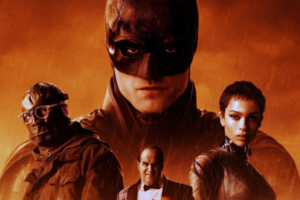


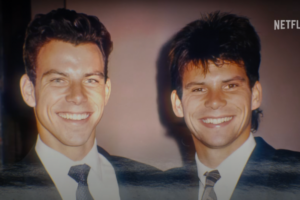

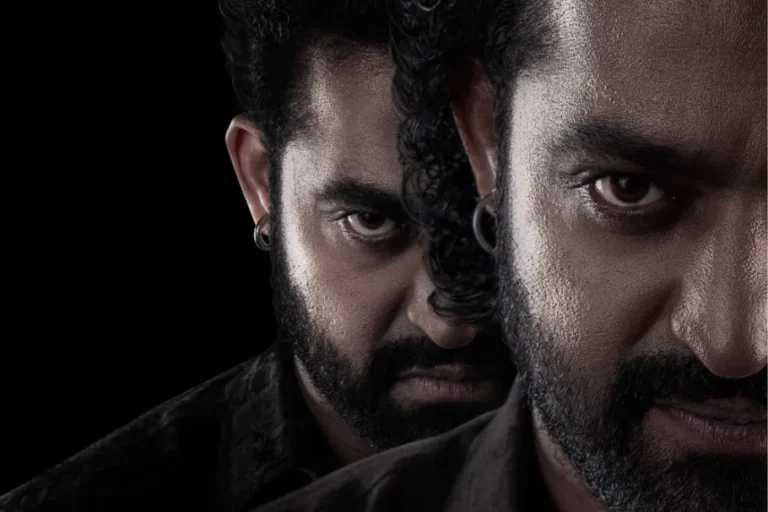





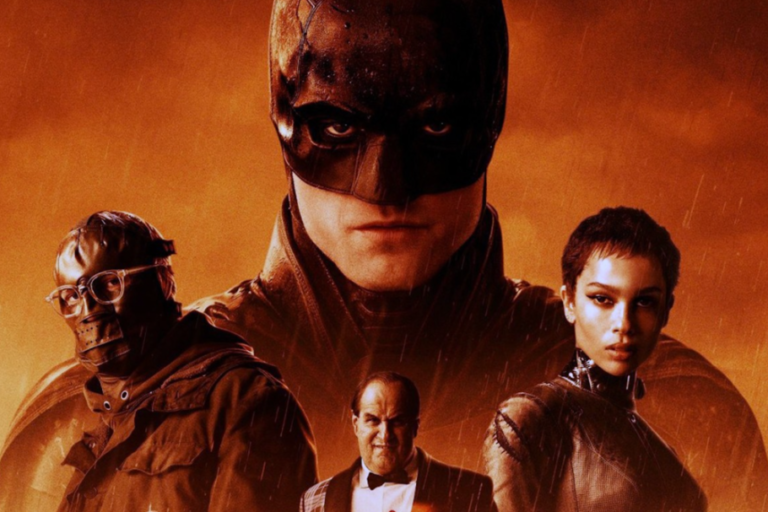
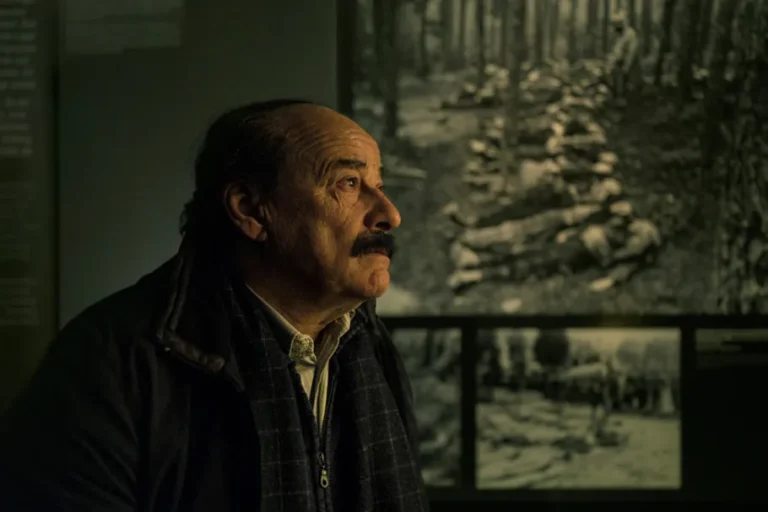

+ There are no comments
Add yours